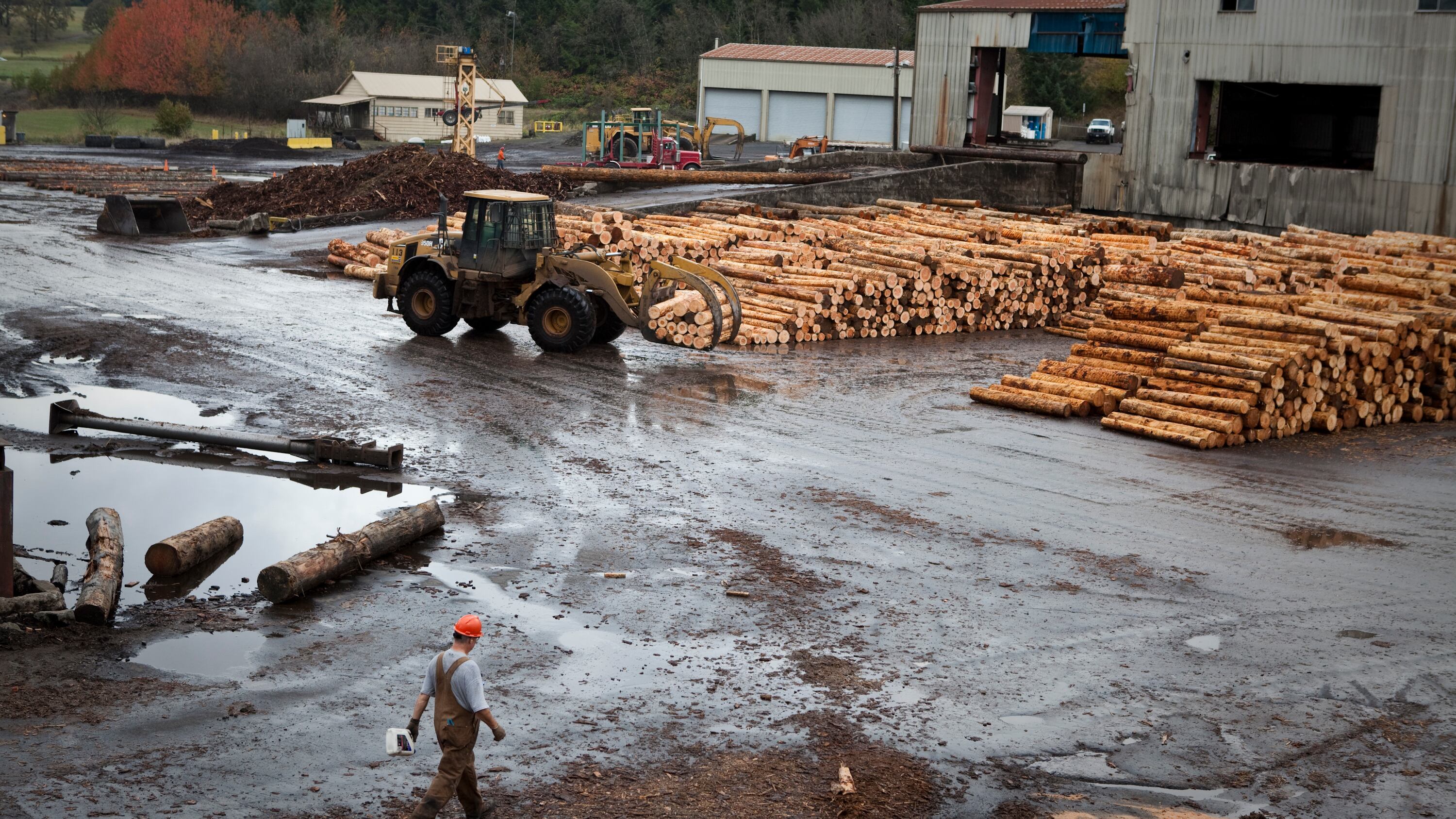When Stimson Lumber announced the layoff of 60 workers at its Forest Grove sawmill last week, the cacophonous social media reaction was out of proportion to the numbers. To be sure, the loss of nearly half of the 150 workers at the 83-year-old mill is significant, but state figures show there have already been six larger layoffs in Oregon this year.
The announcement touched a nerve—in part because Stimson CEO Andrew Miller said he would move the jobs to Montana and Idaho as a rebuke to Oregon's taxes and carbon caps. Republicans read Miller's letter aloud on the Senate floor June 3.
"I do not need to be hit with a 2-by-4 in the face to see that Oregon is an urban state and rural Oregon is a place for urbanites to recreate," Miller wrote.
Miller is a leading GOP donor, and has long bridled at Democrats' approach to taxes and the environment. But he was also nodding to a crushing socio-economic shift that began four decades ago. In 1980, 1 in 10 Oregon private-sector jobs was a forest products job, says Josh Lehner, a state economist. Today, it's fewer than 1 in 50.
Echoing a point Miller made in his letter, Lehner notes that forest products jobs pay about twice as much as the tourism jobs that supplant them. "Replacing natural resource jobs with tourism is hard," Lehner says. "But it seems like all consultants can come up with for economic development recommendations is replacing those jobs with tourism and health care. Not everywhere can be a real hub for either. This transformation has worked well for Bend and Hood River, yes, but not many other places."
The chart below shows the extraordinary shift in rural Oregon counties since 1980.

